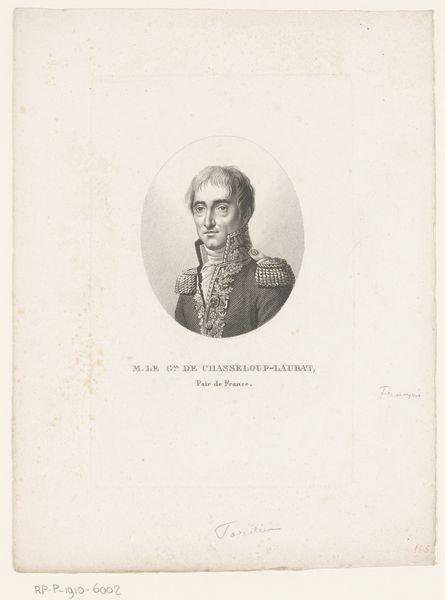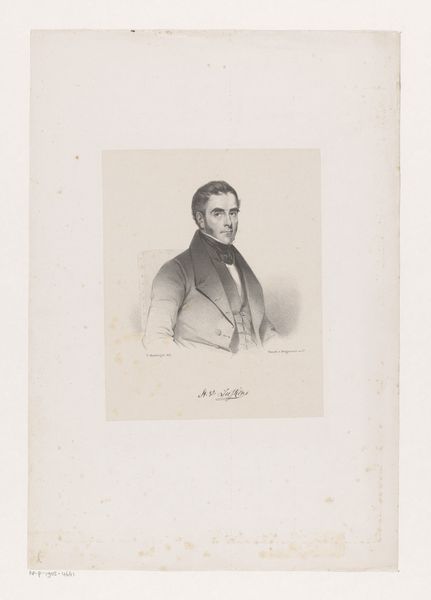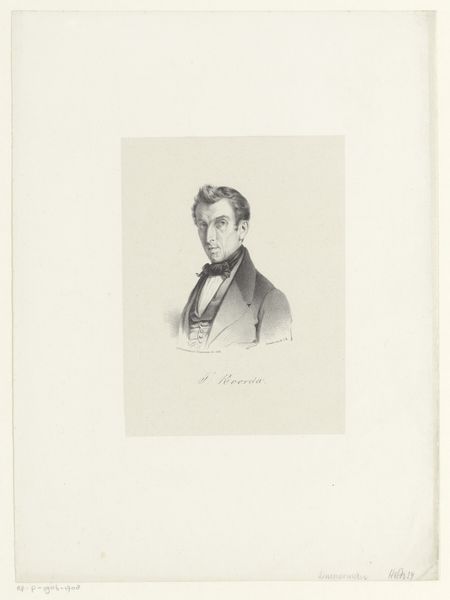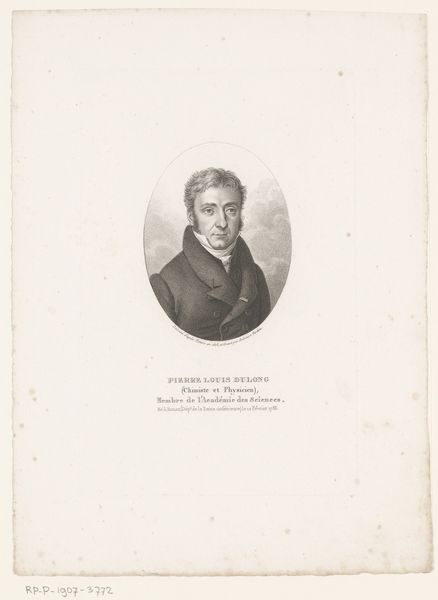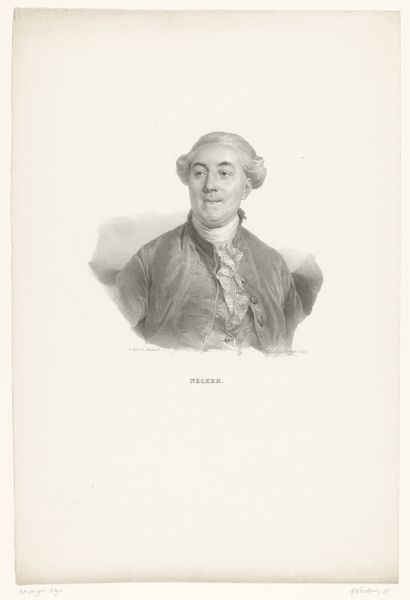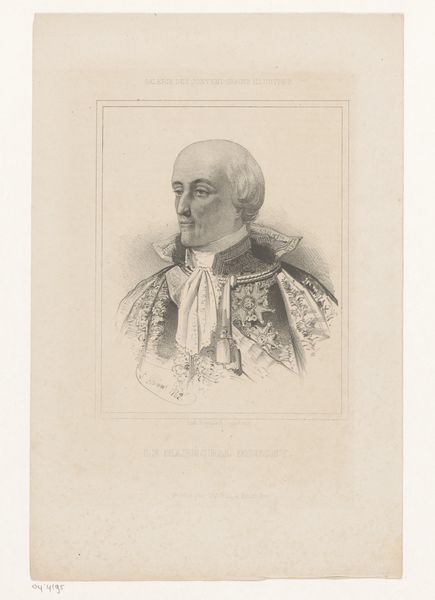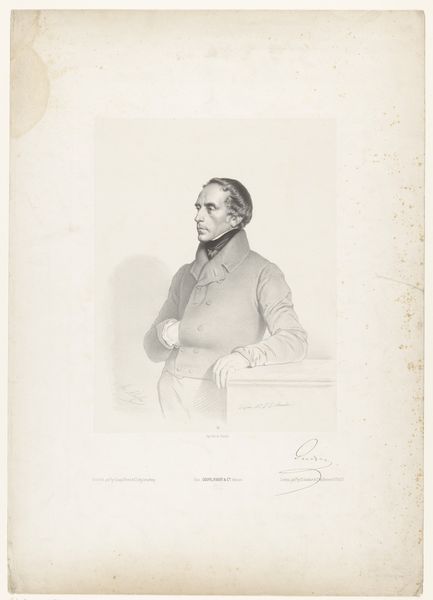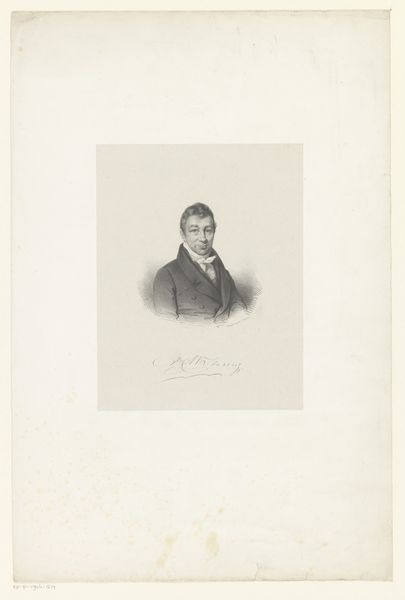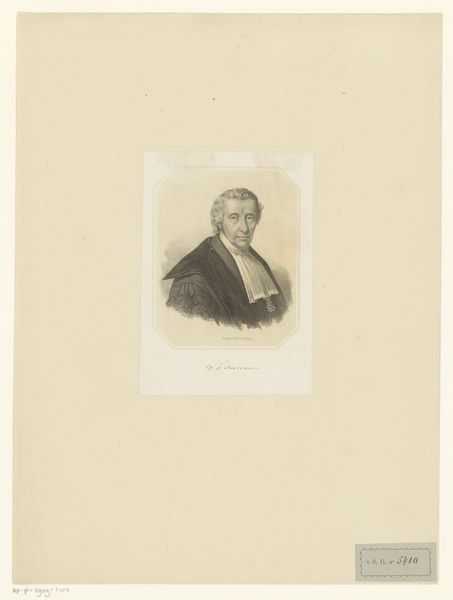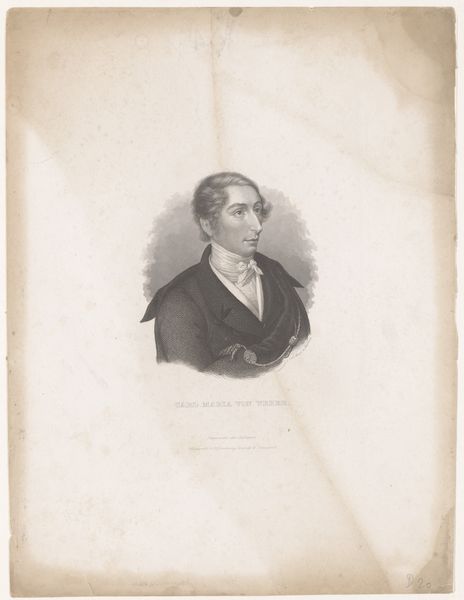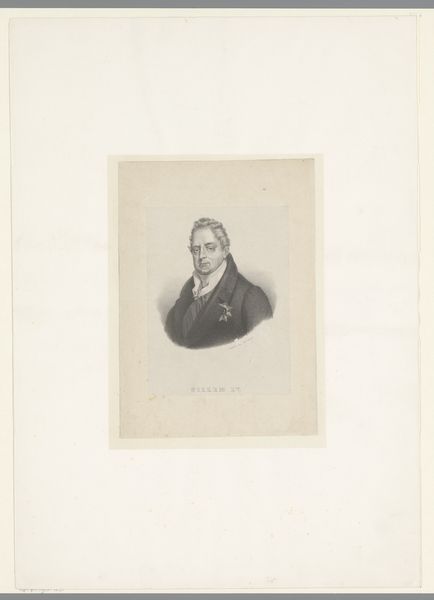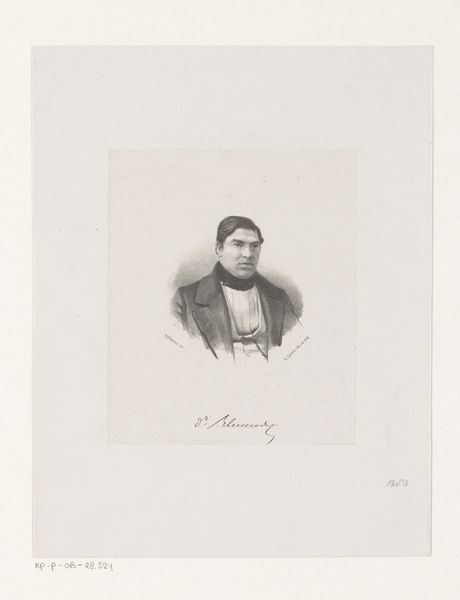
print, graphite
#
pencil drawn
#
aged paper
#
light pencil work
#
16_19th-century
# print
#
pencil sketch
#
old engraving style
#
graphite
#
pencil work
#
realism
Dimensions: height 390 mm, width 286 mm
Copyright: Rijks Museum: Open Domain
Editor: This is Émilien Desmaisons' "Portret van Eugène Sue," created between 1848 and 1849. It’s graphite on paper and currently housed at the Rijksmuseum. I'm struck by the delicacy of the pencil work and the way the aging of the paper adds to the sense of history. What catches your eye in this piece? Curator: As a materialist, I am most interested in the printmaking process apparent in this portrait. It’s a representation, but also a *product*. We need to think about how these prints were circulated and consumed in 19th century France. Was this a luxury item, or mass produced for a wider audience? What does the production process itself tell us about the society that created and consumed it? Editor: That's fascinating. I hadn't thought about the means of production itself. Do you think the relatively "simple" materials - graphite and paper - influenced the reception of the work at the time? Curator: Absolutely. Consider the contrast: here we have a portrait of a member of the Assemblée Nationale, yet the print itself suggests accessibility, possibly even reproducibility. The choice of materials makes the portrait less precious, suggesting that Sue, or perhaps his ideas, were intended for broad dissemination. We should investigate what types of papers were available, and accessible to printmakers such as Desmaisons. Editor: That reframes my understanding entirely. I was initially focused on the subject, Eugène Sue, but considering the material and the means of production opens up new questions about audience and intention. Curator: Precisely. Art is never created in a vacuum. Investigating the “how” and “why” it was made, and consumed, provides critical insight into the historical period and social contexts surrounding it. Editor: So true, I will remember that, thank you! It's really expanded my way of viewing not only this portrait but others as well. Curator: And considering material conditions expands possibilities for understanding the past!
Comments
No comments
Be the first to comment and join the conversation on the ultimate creative platform.
